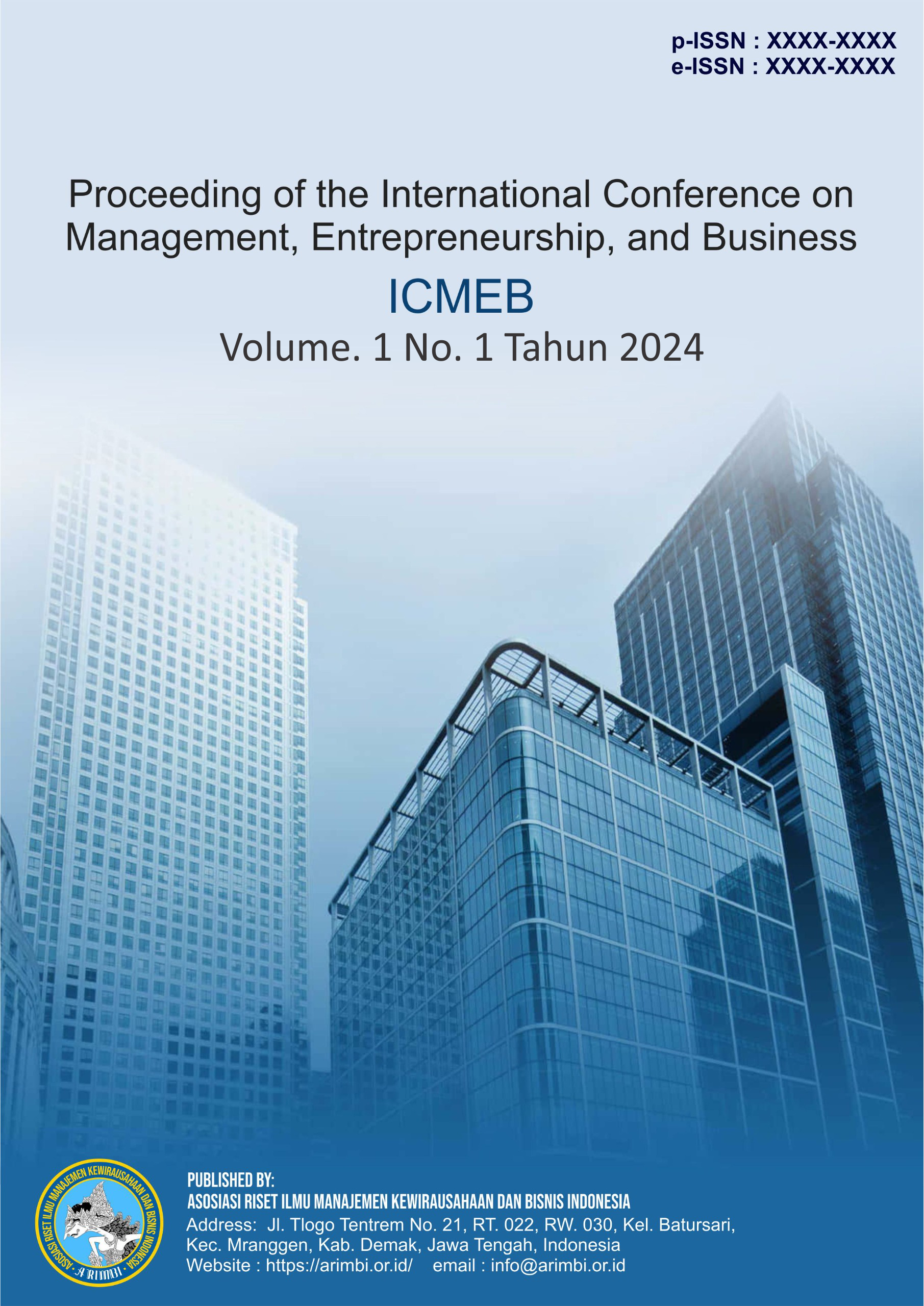Balancing Time and Success: A Machine Learning Model for GPA Prediction
DOI:
https://doi.org/10.61132/icmeb.v1i1.105Keywords:
Machine Learning, Predictive Analytics, Education, GPAAbstract
This study explores the application of machine learning to predict students' GPA based on behavioral and time-related factors, including study hours, extracurricular activities, sleep, social interactions, and physical activity. Seven regression algorithms were employed to evaluate predictive accuracy using metrics such as MAE, RMSE, and R2 Among these, Regularized Linear Regression demonstrated the highest accuracy and interpretability, highlighting its suitability for this dataset. The findings emphasize the potential of machine learning in identifying key predictors of academic performance and offer practical applications for personalized academic advising and time management. This research provides a data-driven framework to support students and educators in optimizing learning outcomes.
Downloads
References
Ali, A., Majeed, M., Saba, K., Bodenarain, A., & Bukhari, M. H. (2013). Effects of Different Sleeping Patterns on Academic Performance in Medical School Students. Natural Science, 05(11), 1193–1198. https://doi.org/10.4236/ns.2013.511146
Al-Khani, A. M., Sarhandi, M. I., Zaghloul, M., Ewid, M., & Saquib, N. (2019). A Cross-Sectional Survey on Sleep Quality, Mental Health, and Academic Performance Among Medical Students in Saudi Arabia. BMC Research Notes, 12(1). https://doi.org/10.1186/s13104-019-4713-2
Ananda, R., & Prasetiadi, A. (2021). Classification Based on Configuration Objects by Using Procrustes Analysis. Jurnal Infotel, 13(2), 76–83. https://doi.org/10.20895/infotel.v13i2.637
Chen, F., & Cui, Y. (2020). Utilizing Student Time Series Behaviour in Learning Management Systems for Early Prediction of Course Performance. Journal of Learning Analytics, 7(2), 1–17. https://doi.org/10.18608/jla.2020.72.1
Creswell, J. D., Tumminia, M. J., Price, S., Sefidgar, Y., Cohen, S., Ren, Y., Brown, J., Dey, A. K., Dutcher, J. M., Villalba, D., Mankoff, J., Xu, X., Creswell, K., Doryab, A., Mattingly, S., Striegel, A., Hachen, D., Martinez, G., & Lovett, M. C. (2023). Nightly sleep duration predicts grade point average in the first year of college. Proceedings of the National Academy of Sciences, 120(8), e2209123120. https://doi.org/10.1073/pnas.2209123120
do Nascimento, R. L. S., das Neves Junior, R. B., de Almeida Neto, M. A., & de Araújo Fagundes, R. A. (2018). Educational Data Mining: An Application of Regressors in Predicting School Dropout. In P. Perner (Ed.), Machine Learning and Data Mining in Pattern Recognition (pp. 246–257). Springer International Publishing. https://doi.org/10.1007/978-3-319-96133-0_19
Drzewiecki, W. (2016). Improving Sub-Pixel Imperviousness Change Prediction by Ensembling Heterogeneous Non-Linear Regression Models. Geodesy and Cartography, 65(2), 193–218. https://doi.org/10.1515/geocart-2016-0016
Gao, K., & Li, W. (2019). Prediction and Evaluation of the Severity of Acute Respiratory Distress Syndrome Following Severe Acute Pancreatitis Using an Artificial Neural Network Algorithm Model. HPB, 21(7), 891–897. https://doi.org/10.1016/j.hpb.2018.11.009
Guang, W., Ma, X.-Y., Cheng, X., Luo, C., Wang, H., Xu, X., Lee, K. K., & Yang, X. (2021). The Effects of Long‐term Extracurricular Scientific Research on the Medical Students: Insight From Jinan University Medical School. Biochemistry and Molecular Biology Education, 49(4), 535–545. https://doi.org/10.1002/bmb.21499






